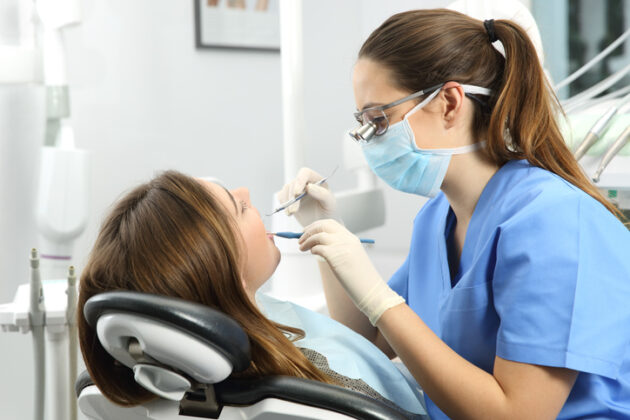South Dakota dental hygienists have the ability of providing direct preventive and therapeutic services in limited, specified settings. Not all states have the Collaborative Supervision law and if a state does have this law, it is important to become familiar with the state in which the dental hygienist is practicing.
To qualify, the dental hygienist must have a written collaborative agreement with a supervising dentist, meet clinical requirements, and complete an application for registration with the board of dentistry. Once all these items have been met, this means the dental hygienist could provide prophylaxis care, e.g. general cleaning, in settings such as nursing facilities, schools, and Head Start programs.
On November 15, SDAHO facilitated the webinar, Dental Hygienists do Make a Difference by Pat Aylward RDH. Pat provided her experience working in a dental office as well as a local long term care facility. She provides oral hygiene for residents from her dental chair located in the beauty salon of the facility. Pat discussed when the elderly have missing or broken teeth or pain when drinking hot or cold beverages, this can lead to malnutrition and/or dehydration. In addition, if a resident isn’t chewing or swallowing well, food could stay in their mouth leading to residual food becoming covered with biofilm which could be aspirated leading to pneumonia. By providing oral hygiene in the long term care facility, Pat is making a difference in the health and social aspects of those residents, and reimbursement for her services are handled through her collaborating dentist. If you would like to view Pat’s discussion, please visit our education portal.




